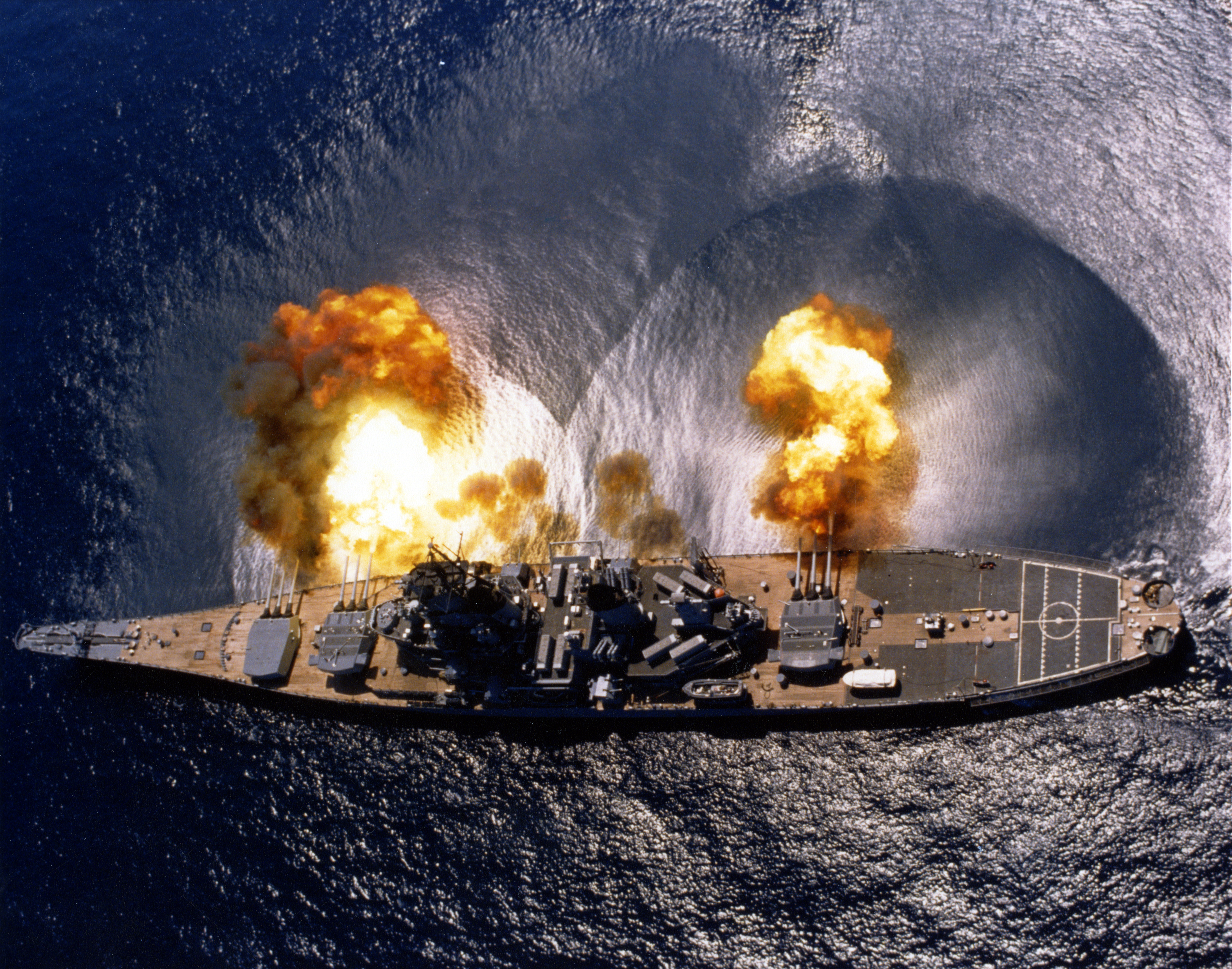|
Canon De 24 C Modèle 1870
The Canon de 24 C modèle 1870 was a rifled breech loader built-up gun used on board the French Navy and as coastal artillery. All units were later modified to use an increased charge, the so-called Canon de 24 C modèle 1870 M. Development The 1864 system While France was quick to switch from muzzle loading to breech loading guns, it held on to using cast iron gun barrels for quite some time. It did so for reasons of cost, speed and facility of construction. In 1864 a new series of guns was designed. These guns were put into service in 1867. These system 1864-1868 cast iron guns with steel hoops fired cylindrical projectiles that weighed thrice the weight of the round bullet of the same diameter and gave these an initial velocity of 334–345 m/s. The Canon de 24 C modèle 1864 can be considered as the direct predessor of the Canon de 24 C modèle 1870. The 1870 system In early 1870, French authorities decided to react to the ever increasing armor protection of shi ... [...More Info...] [...Related Items...] OR: [Wikipedia] [Google] [Baidu] |
Naval Artillery
Naval artillery is artillery mounted on a warship, originally used only for naval warfare and then subsequently used for more specialized roles in surface warfare such as naval gunfire support (NGFS) and anti-aircraft warfare (AAW) engagements. The term generally refers to powder-launched projectile-firing weapons and excludes self-propelled projectiles such as torpedoes, rockets, and missiles and those simply dropped overboard such as depth charges and naval mines. Origins The idea of ship-borne artillery dates back to the classical era. Julius Caesar wrote about the Roman navy's usage of ship-borne catapults against Celtic Britons ashore in his ''Commentarii de Bello Gallico''. The dromons of the Byzantine Empire carried catapults and Greek fire. From the Middle Ages onwards, warships began to carry cannons of various calibres. In the Battle of Tangdao in 1161, the Southern Song general Li Bao used huopao (a type of gunpowder weapons, possibly cannons) and fire arro ... [...More Info...] [...Related Items...] OR: [Wikipedia] [Google] [Baidu] |
Central Battery Ship
The central battery ship, also known as a centre battery ship in the United Kingdom and as a casemate ship in European continental navies, was a development of the (high- freeboard) broadside ironclad of the 1860s, given a substantial boost due to the inspiration gained from the Battle of Hampton Roads, the first battle between ironclads fought in 1862 during the American Civil War. One of the participants was the Confederate casemate ironclad , essentially a central battery ship herself, albeit a low-freeboard one. The central battery ships had their main guns concentrated in the middle of the ship in an armoured citadel. The concentration of armament amidships meant the ship could be shorter and handier than a broadside type like previous warships. In this manner the design could maximize the thickness of armour in a limited area while still carrying a significant broadside. These ships meant the end of the armoured frigates with their full-length gun decks. In the UK, t ... [...More Info...] [...Related Items...] OR: [Wikipedia] [Google] [Baidu] |
Bayard-class Ironclad
The ''Bayard'' class was a pair of two ironclad warships built for the French Navy in the late 1870s and early 1880s. The class comprised two ships: and . The class is sometimes referred to as the ''Turenne'' class. They were based on the ironclad , adopting the same general arrangement, but were scaled down in size. They were intended for use overseas in the French colonial empire, and as such, they retained a sailing rig for long-range cruising and copper sheathing for their hulls to protect them when they would be unable to be dry-docked regularly. They carried a main battery of four guns that were mounted in individual barbettes; two were in sponsons forward, abreast of the conning tower, and the other two were on the centerline aft. ''Turenne'' was laid up upon completion in 1882, while ''Bayard'' was sent to East Asian waters, where she served much of her career as a flagship. She saw action during the Tonkin campaign that established France's colonial empire in what beca ... [...More Info...] [...Related Items...] OR: [Wikipedia] [Google] [Baidu] |
Vauban-class Ironclad
The ''Vauban'' class, sometimes referred to as the ''Duguesclin'' class, was a pair of two ironclad warship, ironclad barbette ships built for the French Navy in the late 1870s and 1880s. The class consisted of , the lead ship, and . They were based on the ironclad , adopting the same general arrangement, but were scaled down in size. They were intended for use overseas in the French colonial empire, and as such, they retained a sailing rig for long-range cruising and copper sheathing for their hull (watercraft), hulls to protect them when they would be unable to be dry-docked regularly. They carried a main battery of four guns that were mounted in individual barbettes; two were in sponsons forward, abreast of the conning tower, and the other two were on the centerline (nautical), centerline aft. Despite the Navy's intention to use them overseas, both members of the class served with the Commander-in-Chief, Mediterranean (France), Mediterranean Squadron for the majority of thei ... [...More Info...] [...Related Items...] OR: [Wikipedia] [Google] [Baidu] |


